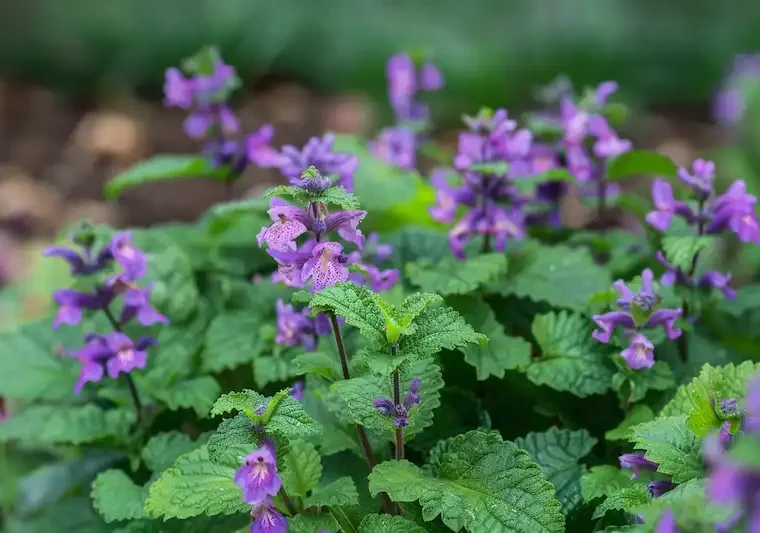Often dismissed as a mere nuisance in gardens and fields, the Purple Dead Nettle (Lamium purpureum) holds a secret that belies its reputation as an invasive weed. This unassuming plant, with its vibrant purple flowers and heart-shaped leaves, is not only edible but also boasts a plethora of nutrients, offering a sweet floral addition to a variety of dishes. This article explores the nutritional benefits of Purple Dead Nettle, its culinary uses, and provides a step-by-step recipe to incorporate this misunderstood herb into your diet.

Nutritional Profile and Benefits
Purple Dead Nettle is a powerhouse of nutrition. Its leaves are rich in vitamins, including Vitamin C and iron, essential for boosting the immune system and improving blood health. The plant also contains flavonoids and other antioxidants that help reduce inflammation and protect against disease.
Culinary Uses
The subtle, slightly sweet taste of Purple Dead Nettle’s flowers and leaves makes it a versatile ingredient. It can be used fresh in salads, as a garnish, or dried and incorporated into teas or soups. The entire plant is edible, and its mild flavor pairs well with both sweet and savory dishes.
Safety Considerations
Before incorporating Purple Dead Nettle into your diet, it’s important to forage or harvest it from areas free of pesticides and away from polluted roadsides. Always wash the plants thoroughly before use.
Recipe: Purple Dead Nettle Pesto

Ingredients:
- 2 cups of fresh Purple Dead Nettle leaves (packed)
- 1/2 cup of walnuts or pine nuts
- 1/2 cup of grated Parmesan cheese
- 1/2 cup of extra-virgin olive oil
- 2 garlic cloves, minced
- Juice of 1 lemon
- Salt and pepper to taste
Instructions are in page 2




